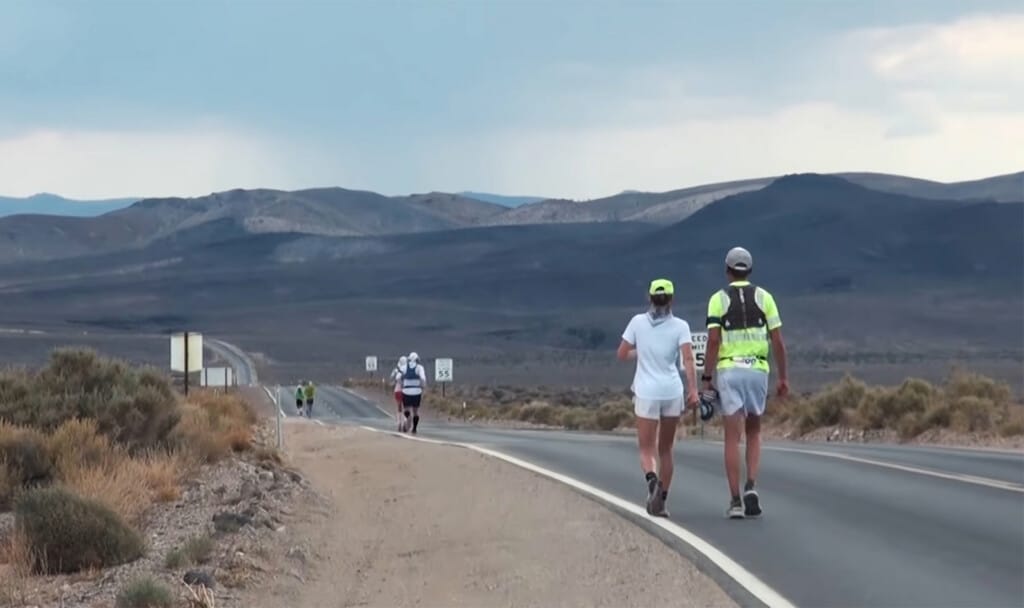Last update: 2022-06-10
Every runner has a story of their hardest run. Maybe it was their first marathon. Or it might be an ultramarathon with extreme temperatures or pounding rain. Maybe even a legendary event at a high elevation like the Leadville 100. Whatever that personal toughest race was, it was likely nothing compared to the Badwater 135 Ultramarathon.
Badwater combines all the most historically difficult race attributes into one. It’s not just a competition. It’s a phenomenon that will put you through a full range of physical and emotional feelings. You can undergo rigorous training in extreme temperatures on top of a mountain and still not be prepared for what Badwater offers. Badwater is something that will change most people.
What’s the Badwater Ultramarathon?
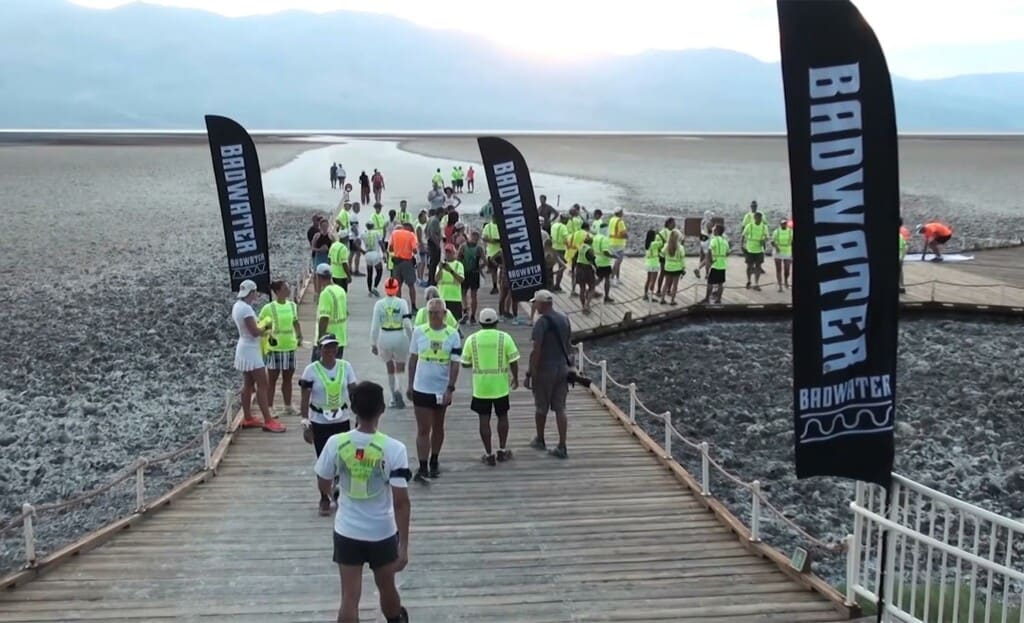
The Badwater Ultramarathon, alternately known as the Badwater 135 or the “world’s toughest foot race,” is equal parts ultimate lifetime achievement and medieval torture. It’s a run that places the participants in extreme weather conditions. Extreme as in Death Valley, the place with the hottest temperature ever recorded. The Badwater 135 ultramarathon also places the competitors in extreme topographical conditions. The trail, which is most often sun-baked pavement, stretches from Badwater Basin, which is below sea level, to the finish line at Whitney Portal, the base of Mount Whitney, the tallest point in the United States.
The course is 135 miles, a distance of more than five marathons. Over the 135 miles, the route contains 14,600 feet of cumulative vertical ascent and 6,100 feet of cumulative descent. There are a few cut-off points throughout the course; ultimately, you must complete the race within 48 hours of starting. These time limits are in place for the safety of everyone involved.
The Badwater 135 takes the runner through Death Valley, sand dunes, mountain passes, ghost towns, and just about anything else you could encounter in the hot southern California ecosystem.
Origin and history
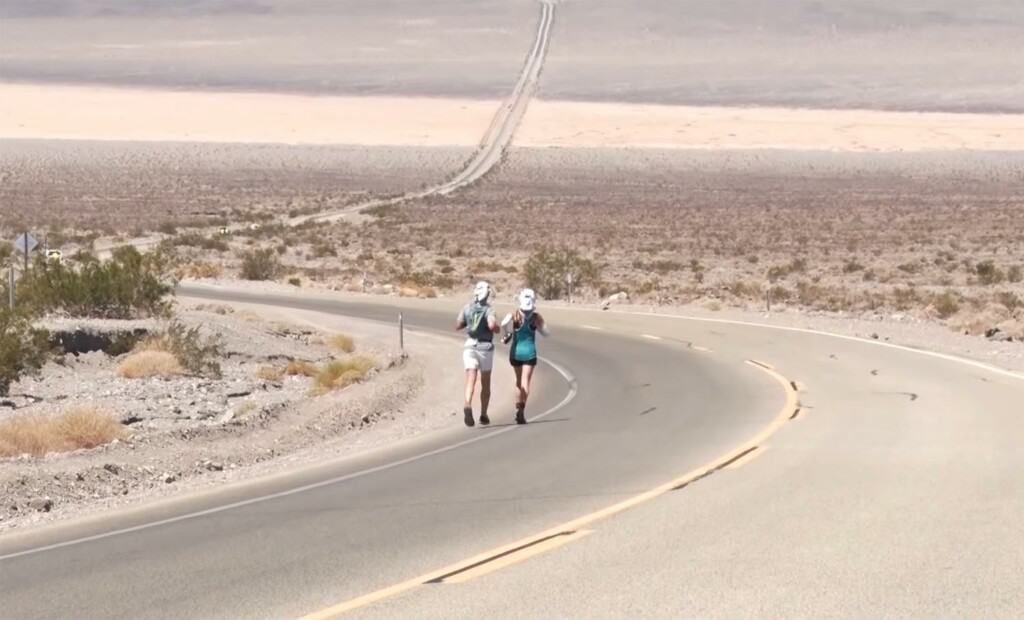
The first official organized Badwater ultramarathon went down in 1987 with five participants. Marathoners, hikers, and adventure athletes have attempted other versions of crossing Death Valley since the late 1960s. In 1969 Stan Rodefer and Jim Burnworth hiked through the Death Valley salt flats to cross from Badwater to summit Mount Whitney.
The success of pioneers like Jim Burnworth and Stan Rodefer inspired others to try their hand at the course. Al Arnold was one inspired trailblazer. Al spent a large part of the 1970s trying and succeeding to run the length of the course. In 1977 he ran from Badwater to the summit of Mount Whitney in 80 hours.
Badwater nowadays
Things have changed a bit since those early hikes and runs. The 1987 Badwater didn’t have a specified route and saw runners using shortcuts. In the first years (1987-1990), the course was 146 miles, including Mount Whitney’s summit.
However, after the 1990 race, the US Forest Service stopped Badwater from continuing beyond the 8360′ Whitney Portal as they forbid running races in designated Wilderness regions. The authorities also requested that the race starts at night, which has been the case between 1989 and 1995, and from 2015 until now.
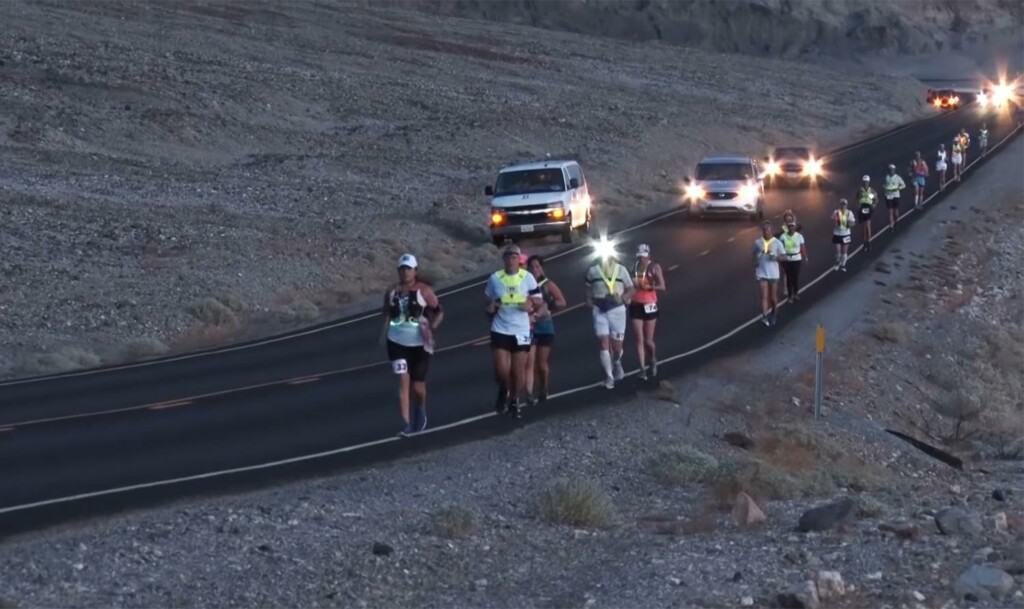
Another significant change through the years is the number of participants. No more than 100 to the starting line each year. That still seems like a small number, but it’s quite a few considering that the 1987 event had only five people enter.
The Badwater 135 remains the ultimate achievement among ultramarathoners. Course records were achieved on the men’s and women’s sides during the 2019 Badwater. The 2020 Badwater was lost to the Covid 19 pandemic, but the competition has come back strong in 2021, and now, 2022.
Notable Winners
Being able to finish the Badwater 135 is such a monumental achievement. 20 to 40 percent of annual competitors fail to finish. That’s why those who not only finish but excel in this course are most deserving of recognition.
Notable Winners – Men
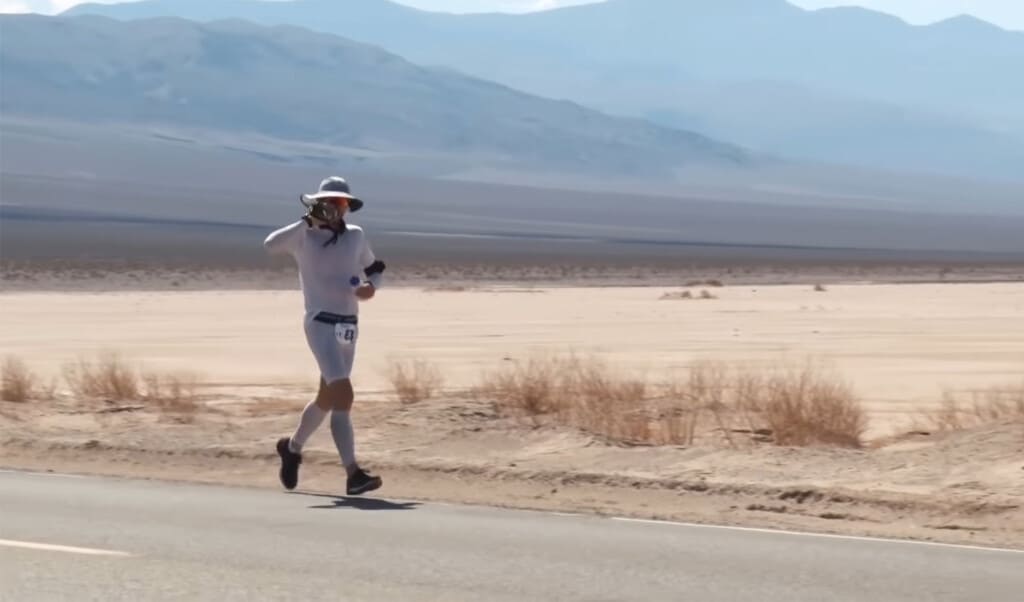
In 2019 Yoshihiko Ishikawa of Japan put together a record-setting run for the Badwater 135. He didn’t just beat the previous record; he crushed it. In case his record time wasn’t legendary enough, he also made many headlines for proposing to his girlfriend right after winning.
The athlete that won the Badwater the most times is Marshall Ulrich. Marshall had a three-peat from 1991 to 1993. Then for good measure, he won for the fourth time in 1996. Not only did Marshall Ulrich win four times, but he also finished the Badwater a mind-melting 20 times over the years.
There are also quite a few repeat winners for an event that has been going on for a relatively short time. This esteemed group includes Pete Kostelnick, Scott Jurek, Bill Menard, Tom Possert, and Harvey Lewis. Harvey deserves extra attention as he has won twice and won it most recently in 2021. This list is a real who’s who in ultramarathon circles.
We should also mention author Dean Karnazes who won Badwater in 2004, the same year he released his first book, Ultramarathon Man. He’s famous for completing 50 marathons in 50 states in 50 days.
I don’t like to say I won, I just survived the fastest.
Dean Karnazes
Notable Winners – Women
Interestingly enough, 2019 was also the year when Polish runner Patryzja Bereznowska set the Badwater course record for a woman. She came in as the first woman and second overall. Patryzja annihilated the previous record by over an hour and a half.
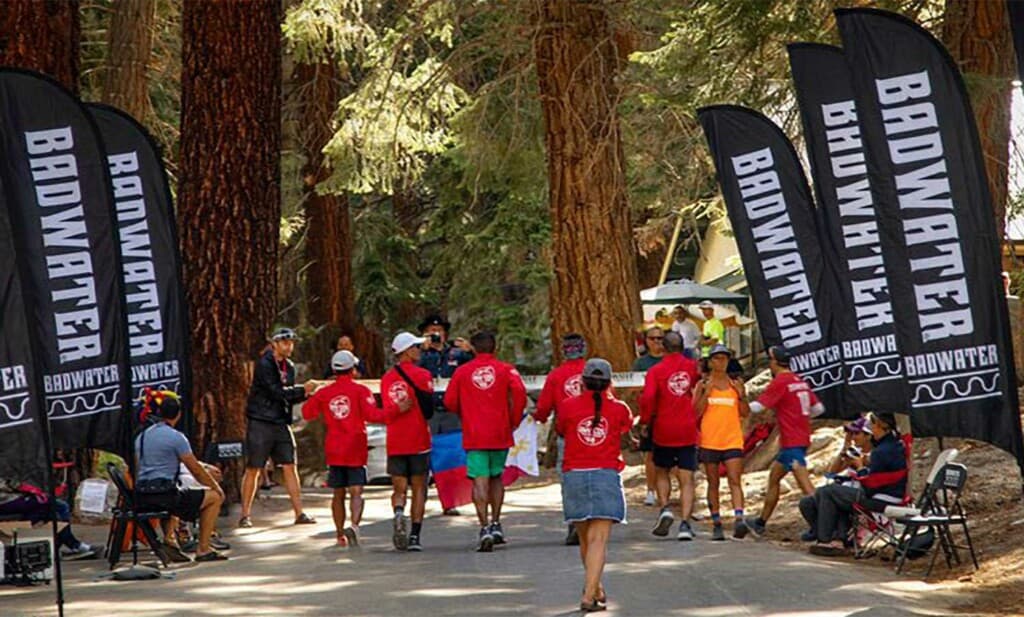
You can’t discuss notable Badwater winners without highlighting Pam Reed. Pam Reed was the overall winner of the 2002 and 2003 races. That’s right, she not only topped the other women’s competitors but the entire field for those two years. Pam also added a third women’s course victory in 2005.
Other women who won multiple editions of the Badwater 135 are Barbara Alvarez, Angelika Castaneda, Judy Overholtzer, Lisa Smith, Monica Scholz, Jamie Donaldson, and Sumie Inagaki.
Popularity
The Badwater 135 is an extremely popular event. Anything called the “world’s toughest foot race” is bound to generate some notoriety. Reading a brief description of the competition will cause non-runners to shudder. Even experienced ultrarunners and adventure athletes who value their health and safety are likely to shy away.
There is, however, a subset of the running community that this type of race speaks to. Some ultramarathoners want to push themselves to the limits and achieve the impossible. It turns out that there are a lot of you maniacs out there as every year, they receive many more applications than there are slots. These Badwater applications come from over 20 countries and over 25 US states.
Anecdotes
The brutality of the Badwater 135 can’t be understated. There are many examples of reactions to extreme heat. There are also examples of racers’ actions to stave off heat-based issues.

Pamela Chapman-Markle, a finisher of multiple races, had three pairs of shoes melt while running in 2018. Dean Karnazes also mentioned melting shoes when commenting on the desert sun. They both could endure the 127-degree heat, but the shoes weren’t as strong as they were.
Pamela Chapman-Markle and Scott Jurek, a former champion, used ice in different ways to beat the weather conditions. Pamela chewed ice, drank ice water, and even stuffed ice down her sports bra. Scott Jurek went even more extreme and eventually started submerging himself in giant coffin-like coolers filled with ice water.
The combination of heat and sleep deprivation is notorious for causing hallucinations. Annie Weiss, finisher of a Badwater 135, enjoyed the sweeping landscapes and scenery. She also admitted to hallucinating at times. Rocks and foliage started to take on different forms like animals and creatures.
Characteristics
Itinerary and notable landmarks
The Badwater 135 ultramarathon starts in the evening on the first day. The approximately 100 participants will then have 48 hours to complete the race. The starting line is at Badwater Basin in Death Valley National Park. The next 135 miles will weave through the desert, three mountain ranges, and many notable landmarks before arriving at the finish line at the Mount Whitney Portal.
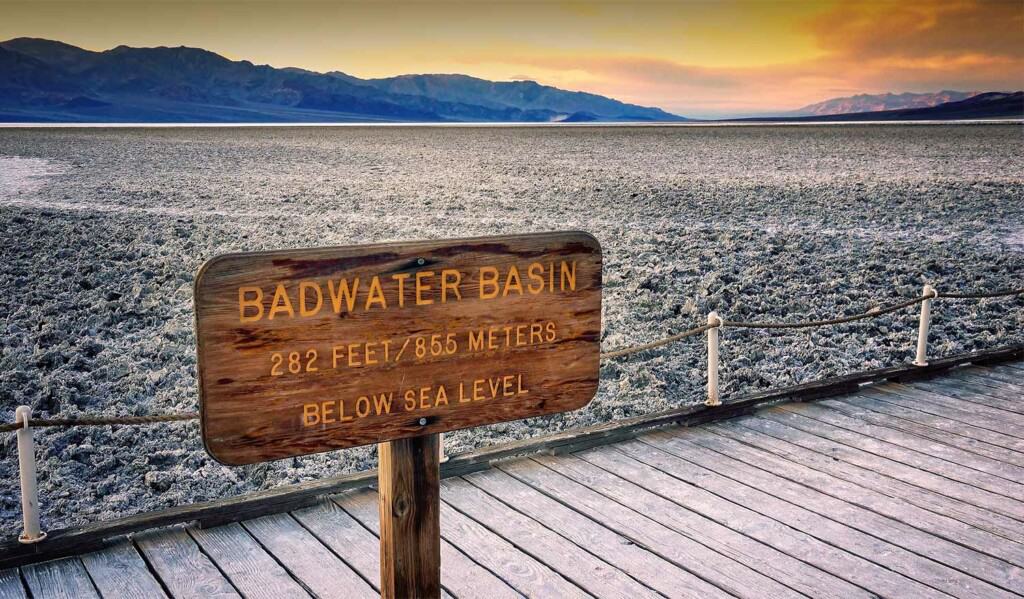
Badwater Basin starting line has the lowest elevation in North America at 280 feet below sea level. The first 41 miles of the course are relatively flat through the first two checkpoints of Furnace Creek and Stovepipe Wells. Stovepipe Wells to Townes Pass then has a steep climb of over 5,000 feet, followed by an almost equally steep descent of 3,400 feet from Townes Pass to Panamint Springs. After leaving Panamint Springs Resort near mile 72, there will be another substantial climb through Father Crowley Point and Panamint Pass.
Next is Darwin at mile 90, followed by a decline of 1,300 feet as the course moves into Keeler and Owens Valley. The good news is that your legs can enjoy this stretch of flat and declining elevation. The other news is that the biggest climb of the event is coming. Once the course reaches the town of Lone Pine, the climb to Whitney Portal begins. The Whitney Portal switchbacks take you up 4,600 feet in elevation over a 13-mile stretch that goes to the Mount Whitney Trailhead, the finish line.
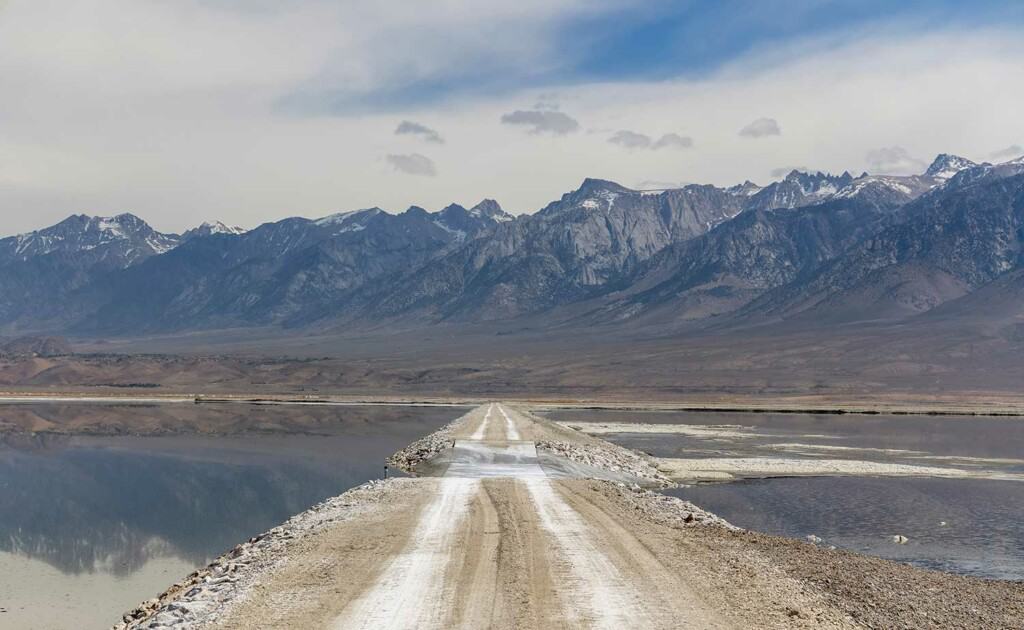
Some of the notable landmarks are rock formations like Devil’s Golf Course, Mushroom Rock, and Devil’s Cornfield. Keeler is a small mining town along the route that offers spectacular views of Mount Whitney.
Types of landscapes and trails
The world’s toughest foot race comprises desert terrain, rock formations, and three mountain ranges. Parts of the course have been described as looking like they could be on the planet Mars. Though often alone in the middle of nature, this is a road race. That means that the trail will be miles and miles of hot pavement.
Difficulty and how to prepare
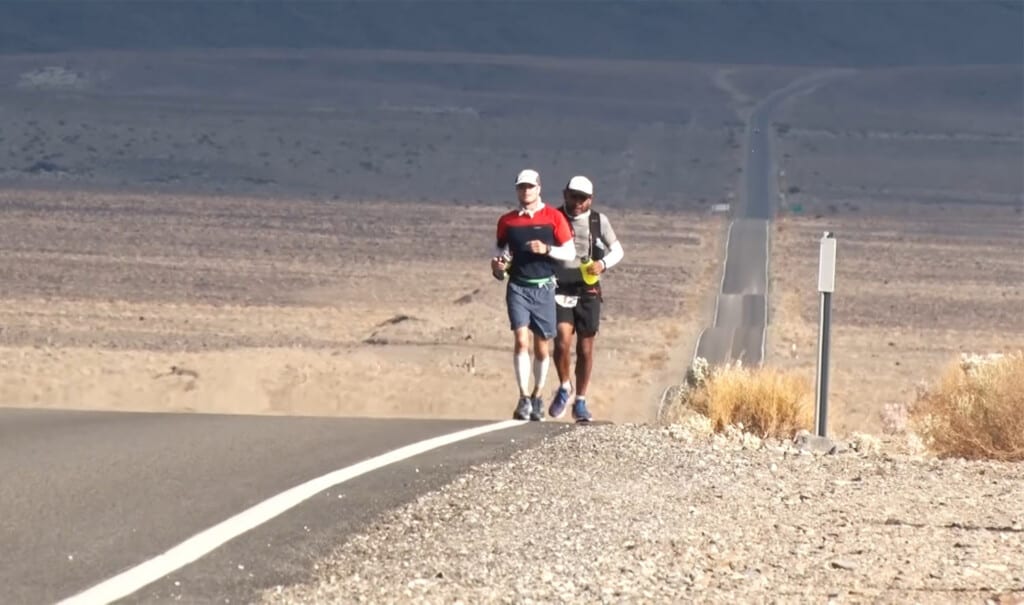
We can’t talk about the difficulty of the Badwater 135 ultramarathon about enough. Unless someone organizes an event inside an active volcano, the Badwater 135 will continue to be the most difficult ultrarunning race out there. To succeed, one must master ultrarunning in general, running in intense weather conditions, and dealing with wild swings in elevation.
This is one of the longest races, the hottest races, and a race that goes from the lowest point in the contiguous United States to near the highest point. 20 to 40 percent of those who start the race each year stop running and do not finish. There are stories of competitors having their shoes melt and their bodies slowly being cooked by Badwater’s heat. This is in addition to the more common problems like sleep deprivation, chafing, blisters, and sunburn, magnified by the course length and the heat.
Support crew
So if this race is notoriously difficult, how can you prepare? It’s easy, pick a fantastic support crew, put in a lot of miles, and train for the heat.

Badwater has about fifty staff members constantly on the course with the competitors and crews for everyone’s safety and to ensure smooth race operations. This includes a medical team, timing checkpoint staff, and an audiovisual crew to capture the event.
However, Badwater is such an immense challenge that the runner also needs to rely on a dedicated personal team that can support and motivate them through all 135 miles from the crew vehicle.
Consistency is vital when putting in miles leading up to the start line. Run long distances and do it often. Don’t forget about hill training. Some finishers know that running up these steep inclines is daunting, so they also work walk training into their regime.
Runners have found a few helpful methods in getting ready for the heat. One is sauna training which might include long stretches in the heat or even cardio or sets of push-ups or sit-ups. Another method is layering clothes when running or training. The desired effect is to make your body feel like it is in the sweltering heat while you’re training.
2022 Edition
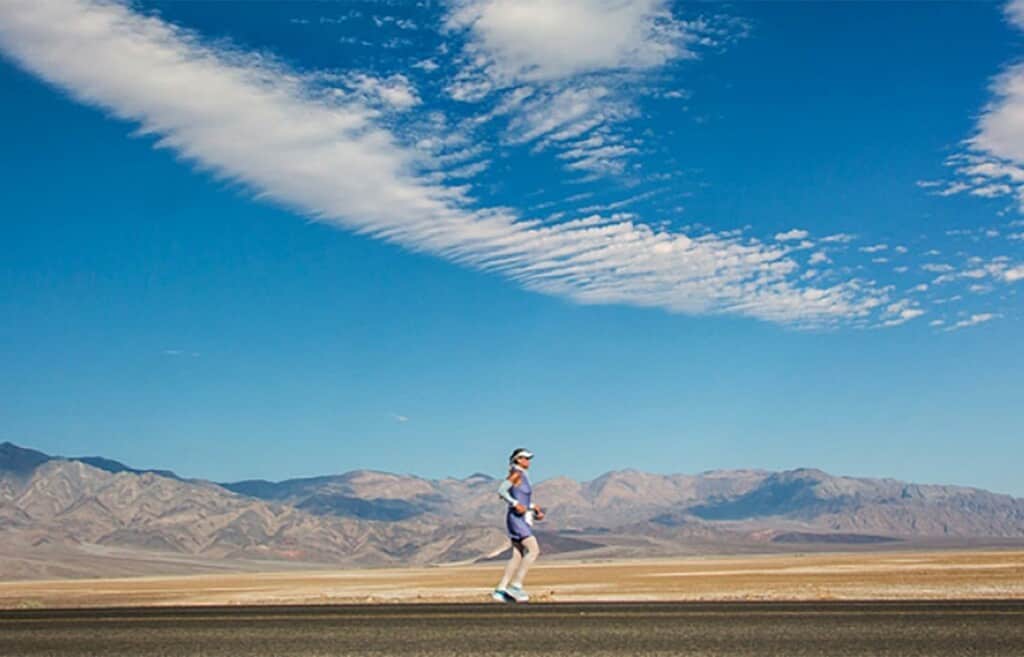
Dates
The official race dates for the 2022 Edition of the Badwater 135 are July 11th, 2022, through July 13th, 2022. Here is a breakdown of date information you’ll need to know during and leading up to the race.
Badwater Eve – Sunday, July 10th, 2022
Sunday, July 10th, 2022, is the day before the big race. Three activities need to be taken care of on Badwater eve. The first item on the agenda is the mandatory racer check-in from 1,230-1,630 hours. This check-in must be attended by at least the racer and crew chief, although the entire crew can attend. The second event is a pre-race meeting from 1700-1830 hours. The racer and crew chief must also participate in the pre-race meeting, with the rest of the crew optional but encouraged to attend. Finally, there is a group photo of all participating racers at 1830 hours. You’ll definitely want to remember what you looked like before you take on this behemoth of a race.
Race Start Day – Monday, July 11th, 2022
The notable activities for the big day, race day, include finalizing preparations, an optional rules review meeting, and the start of the race in three waves.
There is an optional rules review meeting from 1100-1200 hours for anyone to attend. This is the time to get any final questions answered before the race starts a mere few hours later.
- Runners in the 1st Wave need to check in by 1930 hours for a 2000 hours Start.
- Runners in the 2nd Wave need to check in by 2100 hours for a 2130 hours Start.
- Runners in the 3rd Wave need to check in by 2230 hours for a 2300 hours Start.
Race Day Two – Tuesday, July 12th, 2022
Day two of the race is marked by two-time cut-offs for completing the race.
Cut-Off Number One is at 1000 hours. All racers, regardless of wave, must pass Mile 50.5 by this time.
Cut-Off Number Two is at 2000 hours. All racers, regardless of wave, must pass Mile 72 by this time.
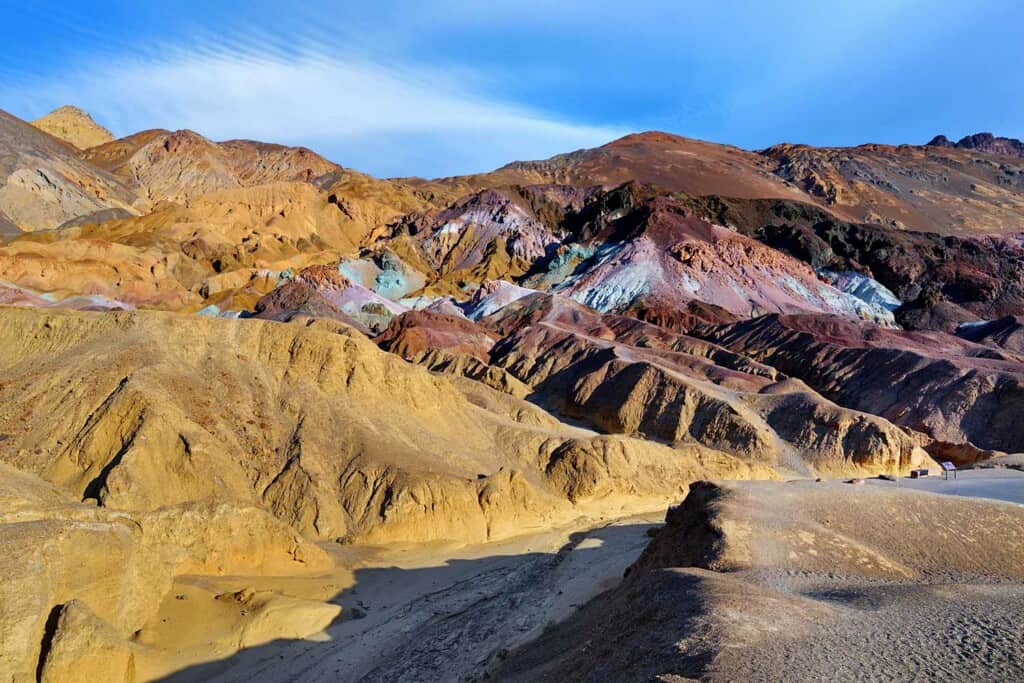
Final Race Day – Wednesday, July 13th, 2022
The race’s final day comprises two more cut-offs: the course closure and the post-race celebrations.
Cut-Off Number Three is at 0500 hours. All racers, regardless of wave, must pass Mile 90 by this time.
Cut-Off Number Four is a bit different because racers must pass mile 122 within 42 hours of their start time.
The race has a 48-hour limit, so that the course will close based on that 48 hours from wave start designation. Wave 1 closes at 2000 hours, Wave 2 closes at 2130 hours, and Wave 3 closes at 2300 hours.
Post-race celebrations go from 1900-2300 hours.
Favorites
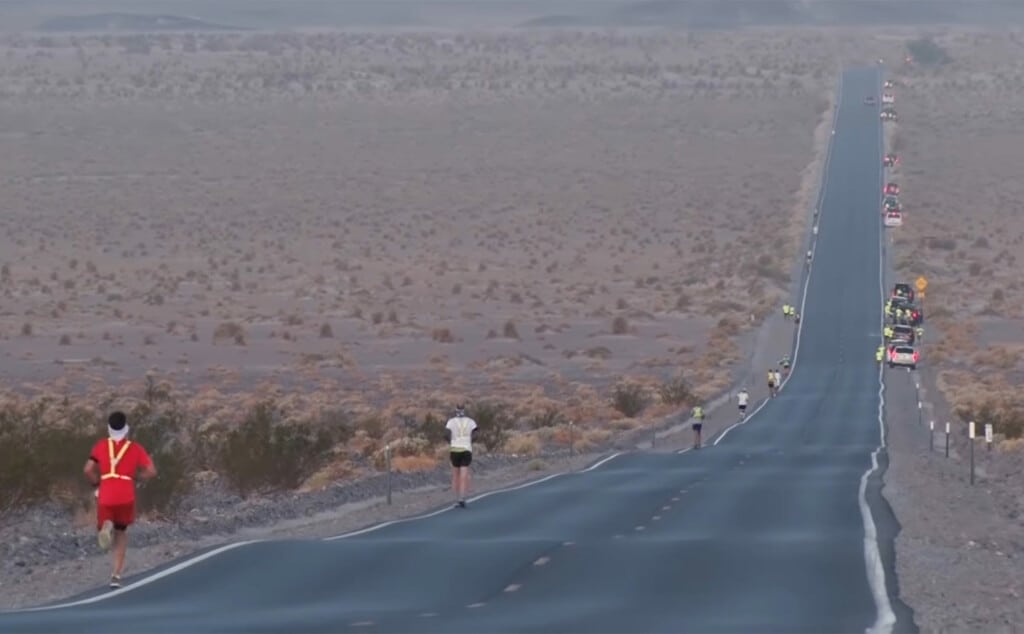
For a race this long with so many factors, it’s hard to make any predictions. It does not take much to derail an otherwise great race when discussing such extreme elevation and temperatures. Picking amongst the group of runners in the 2022 edition experience goes a long way.
The number one favorite has to be Yoshihiko Ishikawa from Japan. Yoshihiko won the 2019 Badwater and still holds the record for the best finish time of 21:33:01. His time was almost 24 minutes better than the previous record.
The winners of the 2021 Badwater are in the next group of favorites to win the 2022 race. Those winners are Harvey Lewis and Sally McRae. They have the experience, and they have performed well recently under the pressures of the Badwater. Harvey Lewis has the extra edge in winning multiple times (2014 and 2021). Harvey also won the 2022 Long Haul 100 Mile run this year.
Another champion to look out for would have been Pete Kostelnick, but unfortunately, he just withdrew from the 2022 race. A two-time winner, his 2016 finish time of 21:56:32 stood for three years until it was broken in 2019. Let’s see if Pete will be looking to get his Badwater crown back in 2023.
How to participate
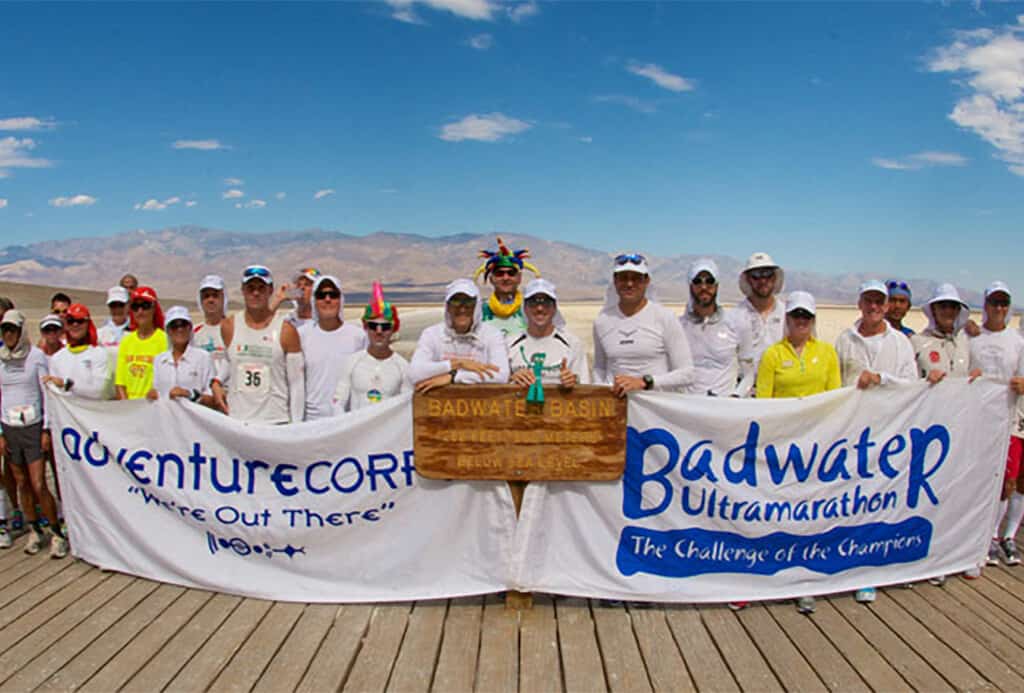
Are you thinking of showing up to try your hand at the Badwater 135? Well, it’s not quite that easy. It’s not as simple as signing up and paying your admission fee. There is also no lottery. This race is so grueling and unique that very few spots are available, and it is invitation only. For a chance at an invitation, you must complete an application and meet specific guidelines.
The application process is sometimes almost as difficult as the race itself. Though this is hyperbole, the point stands that the Badwater 135 is not an easy race to gain entry to. This is by design. The goal is for the field to be filled with runners with the best chance to finish safely.
For approximately two weeks in January, the application window for the Badwater 135 is open. Once the window has closed, the race director takes another week or two to determine which lucky applicants will be accepted.
The Badwater 135 application has 3 minimum qualifying standards. At least one must be met for the application even to be considered.
- You have completed the Badwater 135 in the past four years and have completed at least one 50+ mile running event in the last 13 months (not including the Badwater 135).
- You have completed three or more running events of greater than 100 continuous miles in the last 13 months (not including the Badwater 135).
- You have completed the Brazil 135 in less than 48 hours in the past three years and have completed at least one 50+ mile running event in the last 13 months.
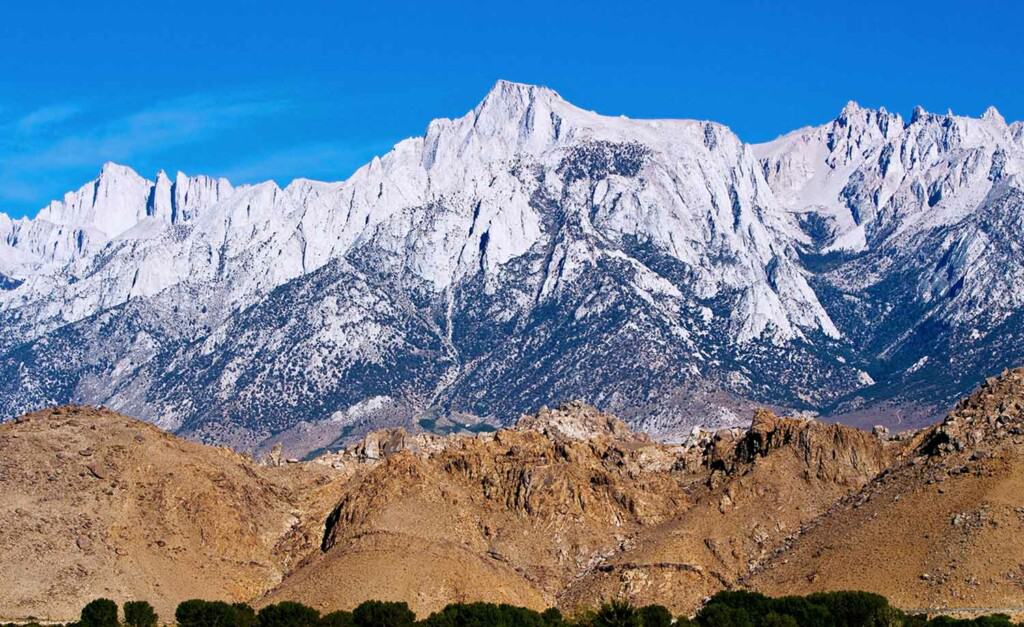
Other important information
Once the minimum is met, it’s time to concentrate on the rest of the application. This is where you will need to shine to be selected. Many amazing competitors get turned down every year. The organizers want more than a runner; they want someone who positively contributes to society.
Here are some questions that have been included in the application in the past:
- Why are you on this planet?
- How do you give back to the sport of ultrarunning?
- What does ‘Badwater” mean to you?
- Which Badwater 135 veteran do you admire most, and why?
FAQs
Badwater takes place every year in mid-July. The 2022 Badwater will be held from Monday, July 11th, 2022, through Wednesday, July 13th, 2022.
The Badwater 135 is an invitation-only race. All interested parties must fill out an application during the annual application window (usually during January). All applicants must meet some minimum requirements to be considered.
There is no prize money for winning the Badwater race. Winners do earn the admiration and respect of everyone around them. Nonetheless, finishers earn a shiny, highly sought-after belt buckle.
Thankfully there have been no deaths during the Badwater 135 events.
In the old days, the course included the Mount Whitney summit. For various reasons, the course now ends at Whitney Portal, which is at the base of the summit trail.
Looking for more epic ultramarathons? Check out The Most Iconic Trail Races in the United States.
Editor’s note: the original published version of this article contained a few inaccuracies. Special thanks to Chris Kostman (Race Director of Badwater events globally) for flagging those and providing very useful additional information.

